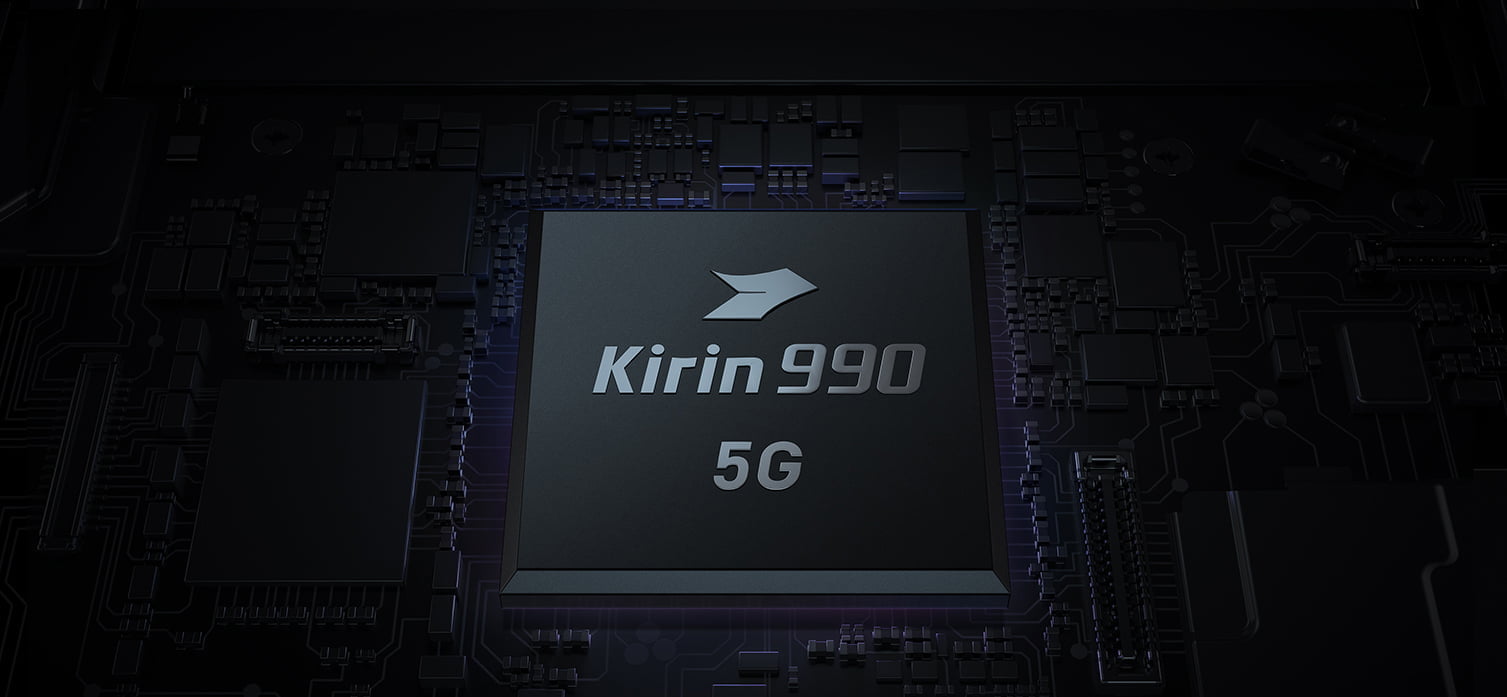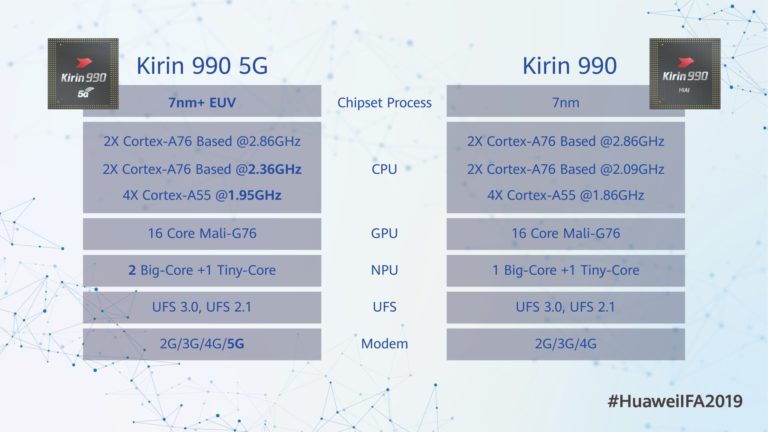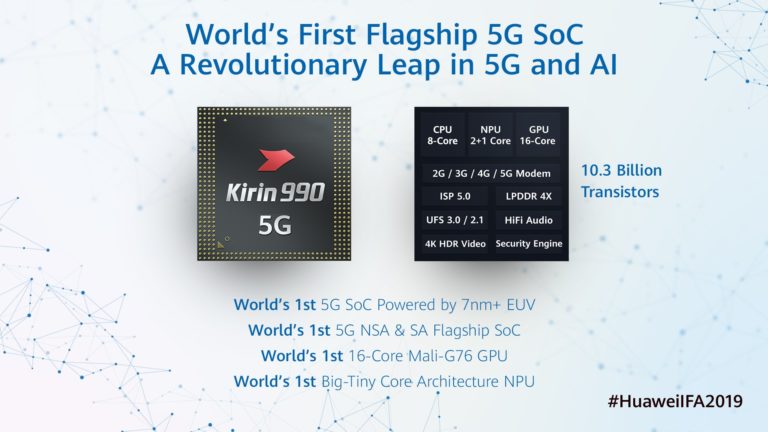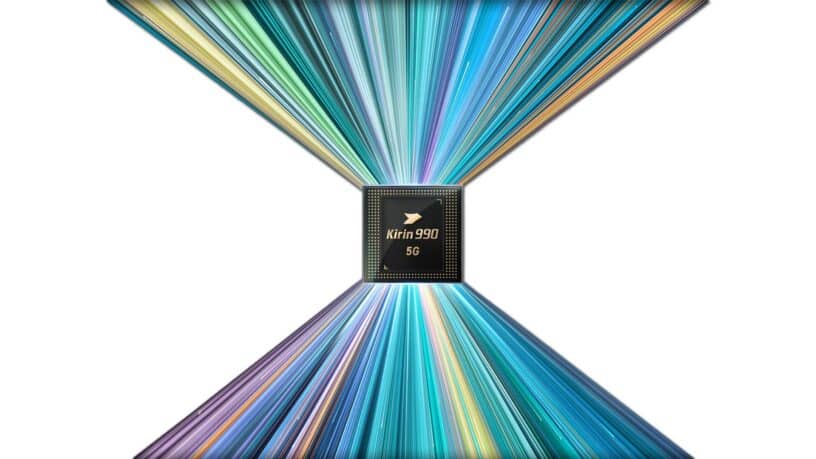After much of teasers, Huawei has finally announced its latest flagship processor – Huawei Kirin 990 at IFA 2019. The main highlight of this processor apart from the fact that it is a true powerhouse is that it support 5G out of the box, unlike Qualcomm’s Snapdragon 855 mobile platform.
ALSO READ: Everything You Need To Know About Huawei’s New HarmonyOS
Improvement Over Predecessor
Compared to the Huawei Kirin 980, the Kirin 990 offers an overall improvement across the board, which includes AI performance, network capabilities, and image-processing capabilities. The Kirin 990 is manufactured using TSMC’s 7nm + EUV (extreme ultraviolet lithography) process. Matter of fact, the Kirin 980 is also manufactured using TSMC’s 7nm but was not manufactured using EUV process.

The Kirin 990 is a 64-bit octa-core processor (2+2+4 cluster design), combined with four Cortex-A55 cores (all 4 cores clocked at 1.95GHz) with four Cortex-A76 cores (2 cores @ 2.86GHz and 2 cores @ 2.36GHz). All four A76 cores having a 512kB L2 cache and the A55 cores having a 128kB cache each.
GPU Performance
The Kirin 990 sports Mali-G76 MP16 GPU and runs at 600MHz, and the company claims that it beats Snapdragon 855’s Adreno 640 GPU by 6-percent in performance tests. Not just that, it is also said to be 20-percent more power-efficient, which is much needed.

Much like Kirin 980, this processor also supports LPDDR4X RAM (2,133MHz). The Kirin 990 takes up 36-percent less space than the competition with included 5G modems. The Kirin 990 is capable of supporting download speeds of up to 2,300Mb/s, and upload speeds of up to 1,250Mb/s. Unlike the Kirin 980, the Kirin 990 does support UFS 3.0 flash storage.
ALSO READ: MediaTek Helio P70 Vs Snapdragon 660: A Game Of Mid-Ranger Processors!
AI Capabilities
The Huawei Kirin 990 is the first flagship chipset that features its in-house DaVinci NPU (Neural Processing Unit) big/small architecture, which is already a considerable improvement over the Kirin 980. The ‘big NPU’ is for high resource workaround, while the ‘small NPU’ handles with always-on applications.

The Kirin 990 5G boasts double the number of NPU cores and has two ‘big’ cores and one ‘small’ NPU core. On the other hand, the standard Kirin 990 only has one ‘big’ NPU core and one ‘small’ NPU core. The Kirin 990 features an improved version of Kirin 980’s AI-based scheduler. Its goal is to balance power consumption and performance, that goes for all aspects of the Kirin 990.
ALSO READ: Huawei Kirin 980 Vs Qualcomm Snapdragon 845: What’s The Difference?
Photography
The Kirin 990 chipset comes with an improved photo and video performance, props to the fifth-generation image signal processor (ISP). The image processor offers improved noise reduction capabilities, up to 30% for images and up to 20% for video. Not just that, the ISP also boosts the throughput by 15% while also reducing the power consumption.
Availability
This chipset will debut with the Huawei Mate 30 and Mate 30 Pro flagship smartphones later this month. The two devices are scheduled to arrive on September 19, so we won’t have to wait long to see this chip in action.
BONUS VIDEO
For the latest tech news, follow TechDipper on Twitter, Facebook, Google+, Instagram and subscribe to our YouTube channel.




